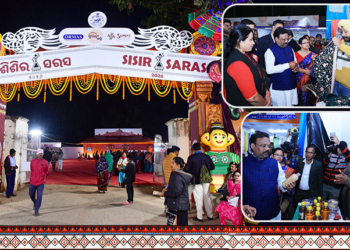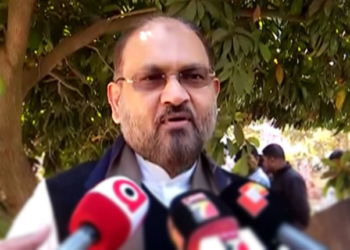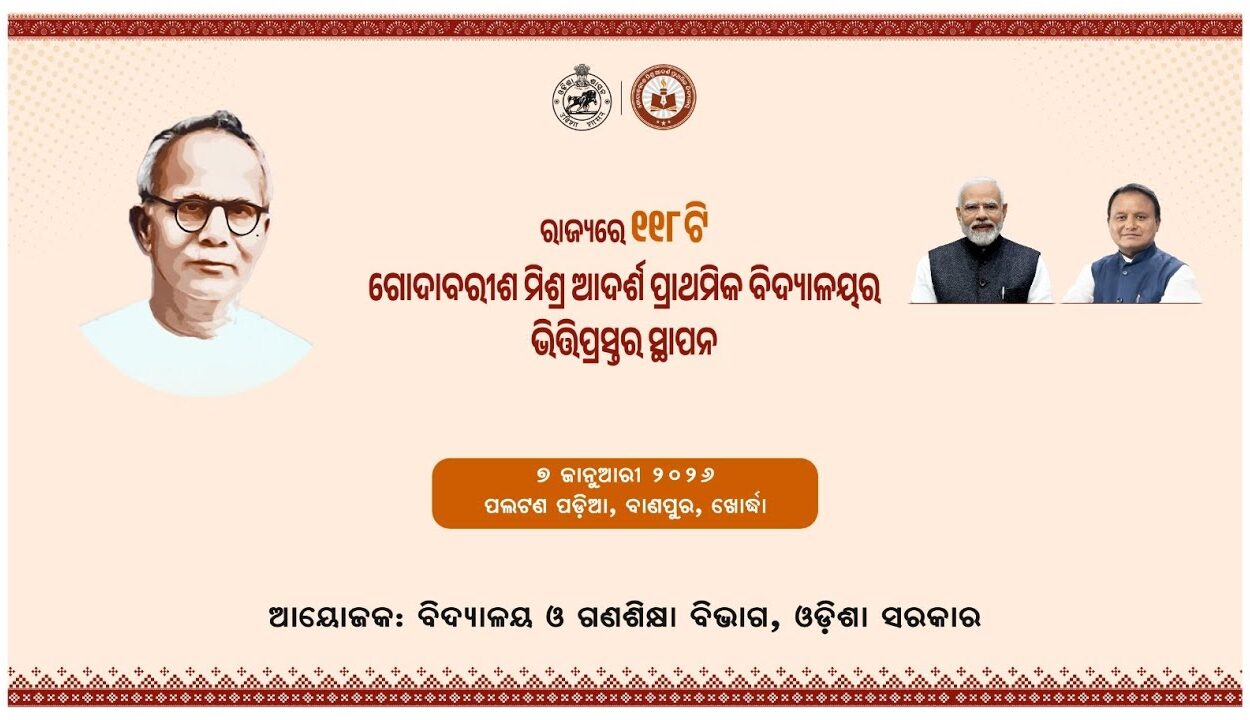Bhubaneswar: In a proud moment for Odisha and the academic research community, two integrated circuit (IC) designs developed by the National Institute of Technology Rourkela (NIT-R) were showcased at Semicon India 2025, held at Yashobhoomi in New Delhi. The event, inaugurated by Prime Minister Narendra Modi on Tuesday, marked a major step in India’s push to become a global semiconductor manufacturing and design hub.
The ICs were featured in a commemorative memento of Vikram-32, India’s first fully indigenous 32-bit microprocessor, which was presented to the Prime Minister by Union Minister for Electronics and IT Ashwini Vaishnaw. Both chip designs were developed under the Chip-to-Startup (C2S) Programme initiated by the Ministry of Electronics and Information Technology (MeitY).
The two chips address distinct but critical areas—data security in resource-constrained IoT environments, and biomedical signal processing for wearable and smart health devices.
Present Encryption Core IC (C2S0017):
A lightweight block cipher tailored for low-power devices, this IC enhances encryption capabilities for applications in IoT, RFID, e-payments, healthcare monitoring, and sensor networks.
Design team: Ruby Mishra, Bharat Patidar, Prof. Ayas Kanta Swain, and Prof. K. K. Mahapatra.
VG Amplifier Sensor Circuit IC (C2S0018):
Aimed at biomedical and IoT applications, this IC integrates a capacitive sensor interface with accelerometer connectivity, energy harvesting features, and OTA (Operational Transconductance Amplifier) components.
Design team: Ipsita, Samikshya, Prem Sai, Prof. Sauagat Kumar Kar, and Prof. Sudip Kundu.
Both chips were developed as part of NIT-R’s participation in the C2S Programme, launched in 2023 to boost indigenous capability in VLSI and system-level design. The project is being led by Principal Investigator Prof. Kamalakanta Mahapatra, with Co-PI Prof. Ayas Kanta Swain coordinating key design activities.
Designed to strengthen India’s self-reliance in semiconductor design, the C2S Programme aims to train skilled manpower in System-on-Chip (SoC) design, fabrication, and system integration. Over five years, the initiative seeks to bridge the academic-industry gap by enabling real-world exposure in semiconductor development.
Prof. Ayas Kanta Swain, Co-PI of the C2S programme, said, “Our ICs being presented at Semicon India 2025 is a proud moment for the institute. This recognition reinforces our commitment to Atmanirbhar Bharat by creating indigenous designs that serve both industrial and societal needs.”
Prof. Sauagat Kumar Kar, part of the VGA Amplifier IC team, added, “These designs show that institutions like NIT Rourkela are not only contributing academically but also playing a role in shaping India’s technological future. Odisha has the potential to be a semiconductor innovation hub.”
A PhD student Bharat Patidar who contributed to the encryption IC, shared, “The project offered hands-on experience in real-world chip design challenges. As Odisha gears up for growth in the semiconductor sector, trained graduates will be key to scaling IC innovation and manufacturing.”
With a strong foundation laid under the C2S initiative, NIT Rourkela is positioning itself as a key player in India’s semiconductor roadmap. The institute is also aligning its vision with national goals to make India a global supplier of next-gen chips while developing a robust domestic design ecosystem.
As India accelerates efforts to build a self-sufficient semiconductor supply chain, academia-driven innovation like that from NIT Rourkela will be vital to sustaining momentum—and ensuring that homegrown talent powers the chips of tomorrow.

















